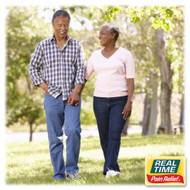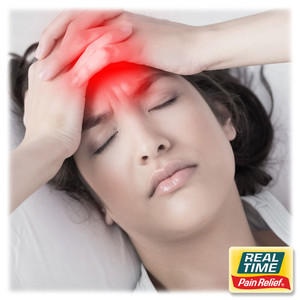6 Health Benefits of Walking
14th Feb 2023
Getting regular exercise does not have to be expensive or complicated. There are easy ways to get the health benefits of exercise and stay fit.
One great option to strengthen your heart, lungs, and muscles is walking.
Why Walking?
Although there are many types of exercise that are good for you, walking is often a great choice. Walking for fitness, stress relief, and relaxation is a top form of exercise for many reasons, including the following:
- It’s easy
You don’t need any lessons or special training to get started on a walking program.
- No special equipment is needed
Other than a supportive pair of walking shoes, you don’t need any equipment to start walking.
- Walking is low impact and easy on the joints
Other forms of exercise, such as running, provide a good workout, but they can be hard on the joints. However, walking is low impact.
- You can do it anywhere
You don’t need a gym membership or fancy equipment to walk for exercise.
What Are the Health Benefits?
We all know exercise is beneficial for your body and mind. It is one of the best things you can do for your health. When it comes to exercise, there are not many things easier than walking. Just lace up a pair of athletic shoes and head out to the track, sidewalk, or trail.
Walking offers several health benefits, including the following:
#1) Helps Maintain a Healthy Weight
Exercise, in general, helps promote weight loss. Exercise burns calories. More calories burned means it is easier to lose weight. But that’s not all, exercise also strengthens the muscles, which helps you burn even more calories.
The number of calories you burn walking depends on how fast you walk. But according to the Mayo Clinic, a 30-minute brisk walk can burn about 150 calories.
#2) May Help Improve Mood
Walking and other forms of exercise may help mental health by decreasing depression and stress levels. Multiple studies show an association between exercise and improved mood.
#3) Boosts Immune System Function
Walking may be a good way to improve how well your immune system functions. A strong immune system is something we can all benefit from. According to Harvard Medical School, a study involving 1000 adults indicated that the participants that walked 20 minutes a day for at least five days a week had 43 percent fewer sick days than people that only exercised once a week or less.
#4) It’s Good for Your Heart
Walking is great cardiovascular exercise. Research in the European Journal of Epidemiology involved a meta-analysis of 11 studies on walking and heart health. The results indicated that adults that walked about 30 minutes, 5 days a week, had a 19 percent lower risk of coronary artery disease.
#5) Strengthens Muscles
Walking provides cardiovascular exercise. But it also can help tone and strengthen your legs. Brisk walking that also involves pumping your arms works those muscles too. Walking is a good way to strengthen muscles without stress on the joints.
#6) Increases Energy
Walking increases blood flow and oxygen through the body. It also promotes increased levels of hormones that improve energy levels, such as epinephrine and cortisol.
Getting Started
Getting started with a walking exercise plan is simple. But there are a few things to keep in mind.
Set Realistic Goals
If you’re just starting a walking program, it’s helpful to pace yourself and set reasonable goals. Everyone starts at a different fitness level. But a reasonable starting place for most people is walking 20 minutes two to three times a week and building more time from there. As your fitness level improves, you can increase distance, speed, and incline.
Get the Right Shoes
Get the right walking shoes to prevent foot problems from developing. Make sure walking shoes fit well and are appropriate for the type of terrain you will be walking on. Select shoes that cushion your feet and have good arch support.
Keep Safety in Mind
Consider where you are walking and what conditions you should be aware of. For example, if you walk outside, avoid areas that have rough terrain or tripping hazards. For people that walk outside, consider the air quality and apply sunscreen if you are walking during the day. If you walk at night, wear reflective tape, which provides visibility. Stay well-hydrated and always walk in safe and well-lit areas.
Start Slow
When you start your walking program, go slow for the first five or ten minutes to allow time for your muscles to warm up. Consider gradually increasing intensity. Don’t increase too much too soon. Consider adding a quarter-mile or five minutes each week.
Ease Soreness
Don’t let muscle soreness derail your walking exercise program. If you are new to exercise or if you walk further or faster than what you typically do, you might develop some muscle soreness. Consider using a topical pain relief lotion or pain-relieving bath bomb. If you’re sore, it is easy to apply a pain relief lotion and can be less risky than taking oral pain medications. You can also add a pain-relieving bath bomb to a tub and soak for about twenty minutes. Choose a pain relief product with ingredients like menthol, arnica, willow bark, chamomile, and peppermint oil.





